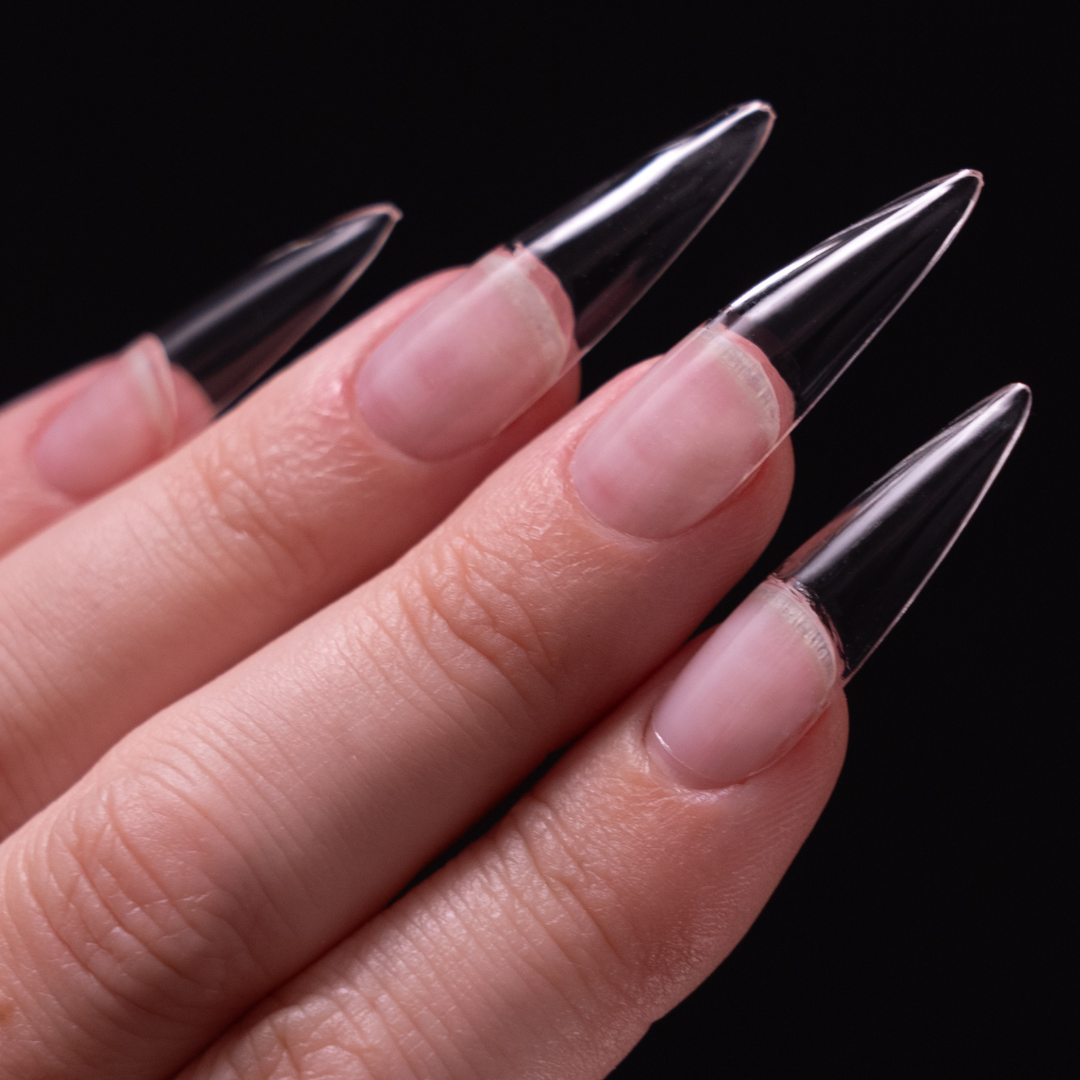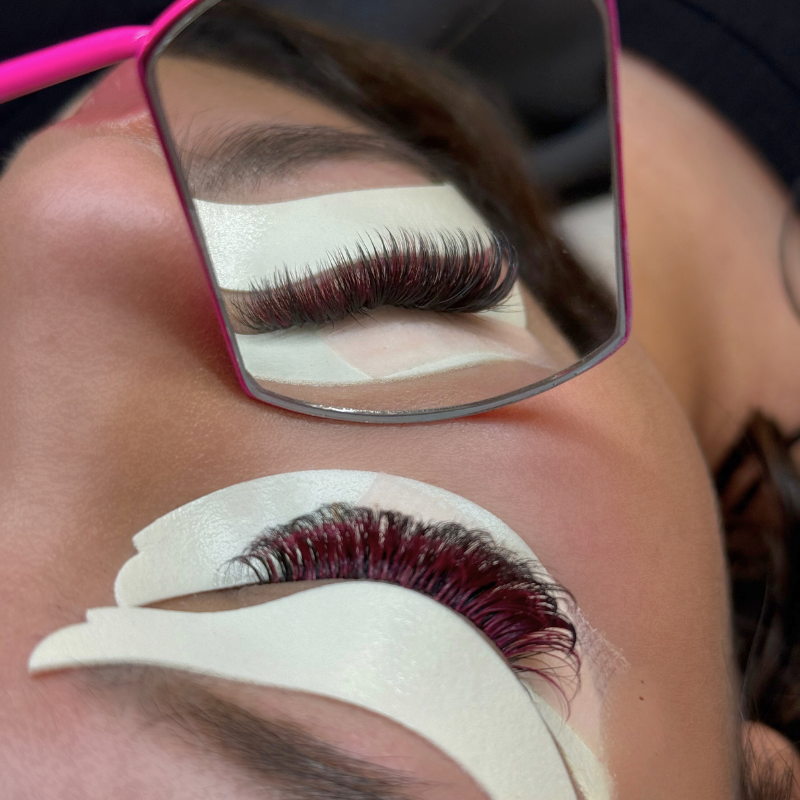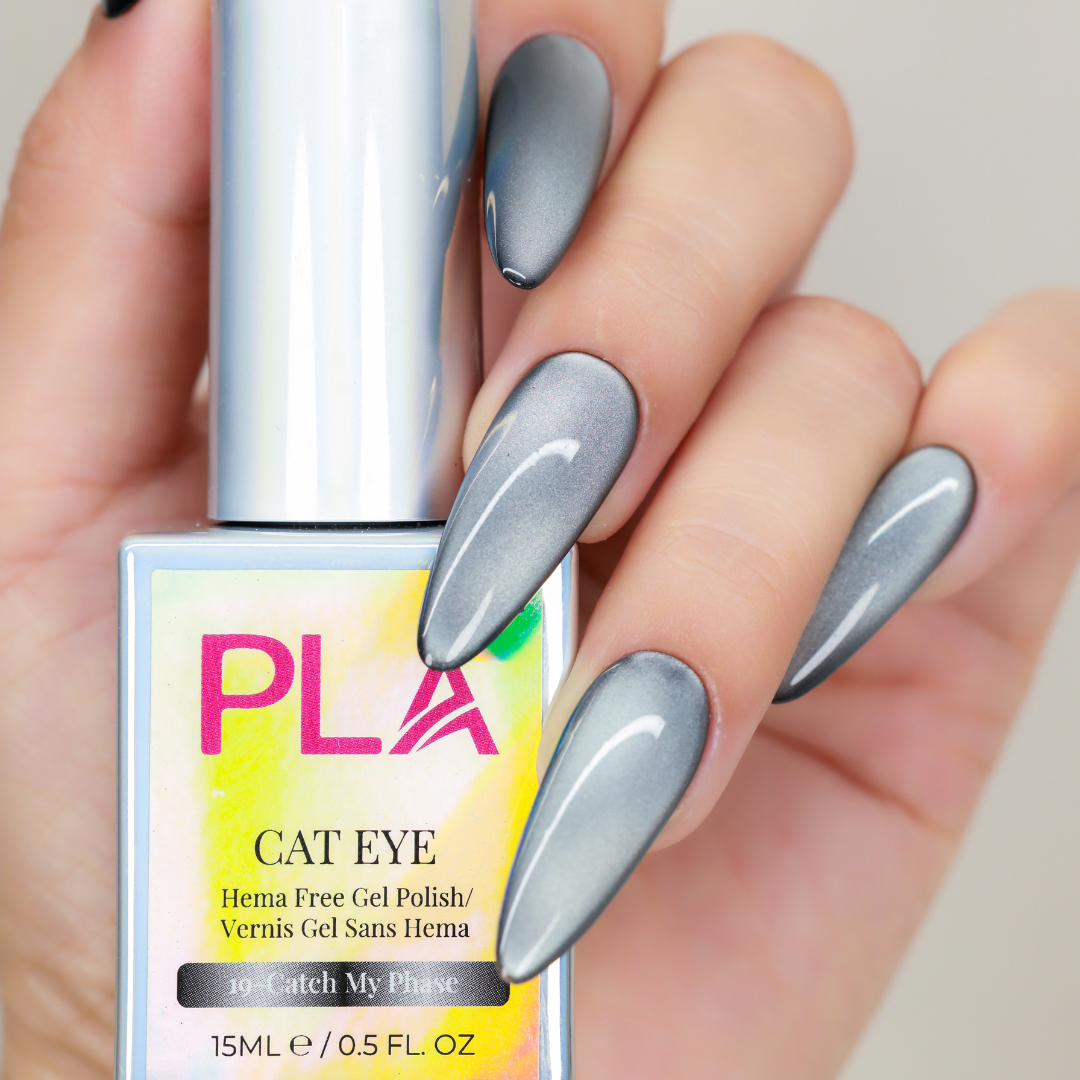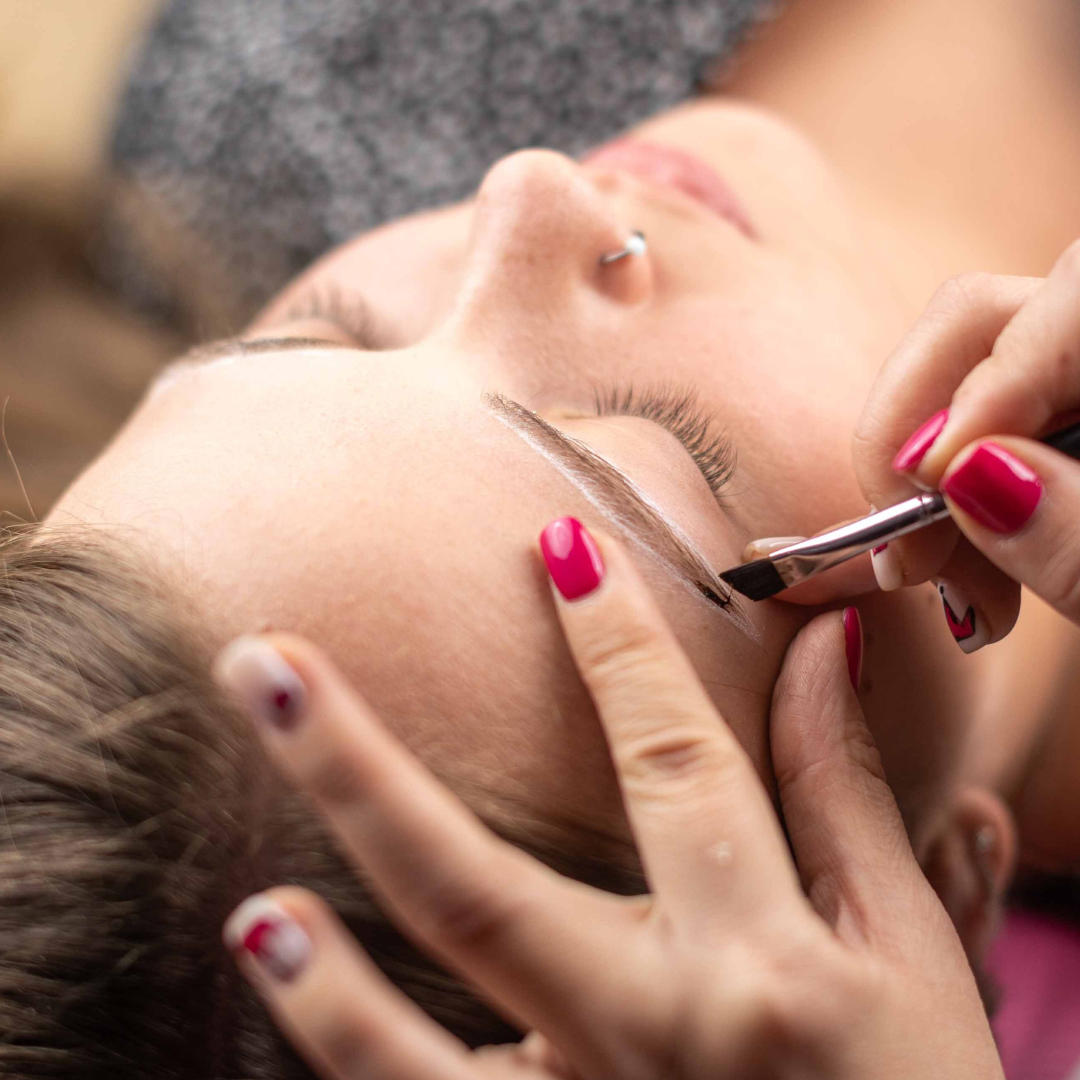Importance of Lash Mapping for Lash Extensions
No matter how long you’ve been lashing, lash mapping is key to offering your clients perfect eyelash extensions. Lash mapping allows you to know exactly which sizes you are placing, and where. If you don’t have the right mapping, lashes just won’t look good.
One of Michelle’s biggest pet peeves is seeing students that “map in their head.” NO SUCH THING. You have to map.
But how? Read on for our tips for mapping lash extensions.
Lash Mapping From the Start
First things first, literally! After your client lies down, wash her lashes, and get those eye pads on, and draw your map. You literally only need eye pads and a pen to start a map. Sketch it out quickly on the eye-pad so you know which length goes where.
Know the Rules of Lash Mapping
- Choose your max length.
- Vary your lengths across the eye.
- Keep the inner corner short.
1. Choosing Max Length
Pick a length for your client based on their eye shape and the desired look that they are going for. Choose a length based on what the natural eye can hold safely in order to not damage the natural lash.
Pro Tip: Use Michelle’s calculation of Max Lash = Natural lash + 2.
(ie. Natural lash is 9 mm, 9 mm + 2 mm = 11 mm for your longest lash.)
2. Vary your lengths across the eye.
No one needs to see an eye with the same length lashes across the entire eye. Just, no. One length does not compliment an eye. The more length you can put into a set, the better the set will look -- more density, with a smooth transition for the eye.
Pro Tip: Always have at least four lengths on one eye.
3. Keep the inner corner short.
If the inner corners lashes are too long, clients will get irritated and rub their eyes, causing the extension to fall off. It’s common to see inner corner lashes droop or fall into the eye because they’re just too heavy for those natural tiny lashes. It’s crucial to keep the lashes short.
Pro Tip: Never go over a 10 mm lash for inner corners.
Dividing the Eye
You’ve probably heard the term “divide your map,” but to do this, you want to determine your mapping by dividing the lash into sections starting at the Inner Corner (IC) and ending on the Outer Corner (OC). Keep your mapping consistent to the IC and OC on your sets, because those will stay consistent on both of your client’s eyes.
Always start by dividing your eye in half, like so:

Then, divide your OC side into half again, or into ¼ and ¼. Putting your max length on the far section, and -1 in the section closest to the middle.

Lastly, divide the IC side, into ¼ and ¼. Which now gives you four sections. Adding -1 in each of the last two boxes like so:

So for example, if you wanted to use real lash sizes, with the max length being 12 mm, you would have:

Real-Life Example of BIG Lashes
In theory, our divide by four is perfect for lash mapping. But what happens when a client has extra thick and long lashes? Like, let’s say natural 12 mm lashes? In our rule of Max Length = Natural Lash + 2, we could place 14 mm as her Max Length!
What would that look like in our diagram?

Wait, Michelle’s Rule 3! Never use longer than 10 mm in the inner eye. So what do we do?
We divide again! Change your IC side into 3 sections, and add a final length into the map.

The more comfortable you get with lash mapping, the more lengths you’ll feel comfortable doing. For Inner Corners, it’s common to use four lengths for a beautiful transition into the longer lengths.
Don’t forget! Lashing is art! Once you nail down lash mapping and different lash skills, you can play around with length and diameter. You are not bound to any mapping, take our lessons and make it your own!
To support your creativity, we offer our lashes in length 7 mm to 18 mm. Shop today at ParisLashAcademy.com.












